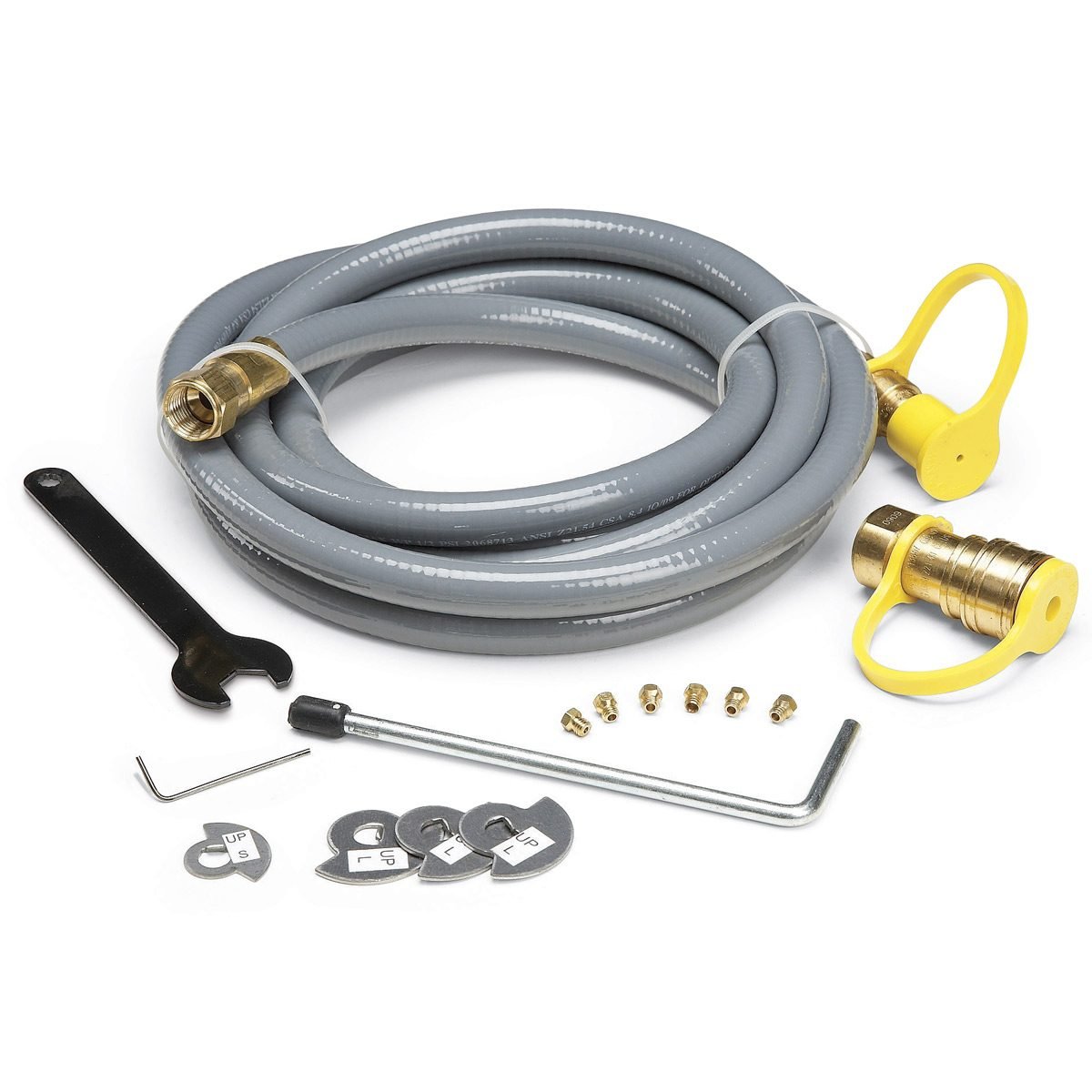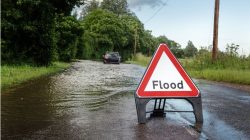Converting Your Grill from Propane to Natural Gas
Converting your propane gas grill to natural gas can be a smart decision, especially if you want to avoid running out of fuel during a barbecue. This process involves several steps, including replacing the jets, adjusting the valve flow, and installing a new gas line. With the right tools and a conversion kit, the task is manageable for most homeowners.
Essential Tools and Materials
To begin the conversion, you will need a jet wrench that comes with the conversion kit or a socket on an extension bar. This tool will help you remove the old jets from your grill. Once the old jets are removed, install the proper jets that are designed for natural gas. These jets are usually included in the conversion kit, which also contains a flexible gas hose, quick-disconnect fittings, and gas valve limiter stops.
It’s important to note that buying a complete conversion kit is more cost-effective than purchasing individual parts. Additionally, some manufacturers offer conversion kits for specific models, so it’s worth reaching out to the company to check availability. If a conversion kit isn’t available, you may not have an option, and attempting to modify the grill yourself could be dangerous.
Safety First: Avoid Dangerous Practices
Some online guides suggest “jet-drilling” as a method to convert a grill, but this is highly discouraged. Such practices can lead to serious safety hazards, including gas leaks and potential fires. Always follow the manufacturer’s instructions and use the correct tools and components provided in the conversion kit.
The Conversion Process
Before starting, it’s a good idea to check with your local building department about the regulations regarding flexible gas hoses. Some areas may require a more permanent installation, depending on local codes. Once you have approval, you can proceed with the following steps:
- Run a Gas Line: Install a gas line from your home’s natural gas supply to the location of your grill.
- Install a Shutoff Valve: Place a shutoff valve at the end of the gas line run.
- Secure the Valve: Ensure the valve is properly secured to either the building or your deck, following local code requirements.
- Install Quick-Disconnect Fittings: Attach the quick-disconnect fitting included in the conversion kit.
- Replace Jets and Components: Remove the grates and burner assemblies, then replace the jets with those provided in the kit.
- Install Limiter Stop: Add the gas valve limiter stop to control the flow of gas.
- Replace the Regulator and Hose: Remove the propane pressure regulator and hose, and install the new natural gas hose.
Frequently Asked Questions
Why Convert to Natural Gas?
If your home has access to natural gas, converting your grill allows you to use this fuel source without the hassle of refilling propane tanks. It also means you pay for the gas as part of your utility bill, which can be more convenient and cost-effective over time. The main benefit, however, is the assurance that you won’t run out of fuel during a barbecue.
Are There Building Codes or Regulations?
Yes, most communities require a permit to install an additional gas line. You may also need to hire a licensed gas fitter to ensure the installation meets safety standards. This is crucial because an improperly installed gas line can pose a serious risk of leaks and fires.
By taking the time to properly convert your grill, you can enjoy the convenience and reliability of natural gas while ensuring the safety of your home and family.







